Home>Furniture & Design>Bedroom Furniture>How To Choose A Memory Foam Mattress
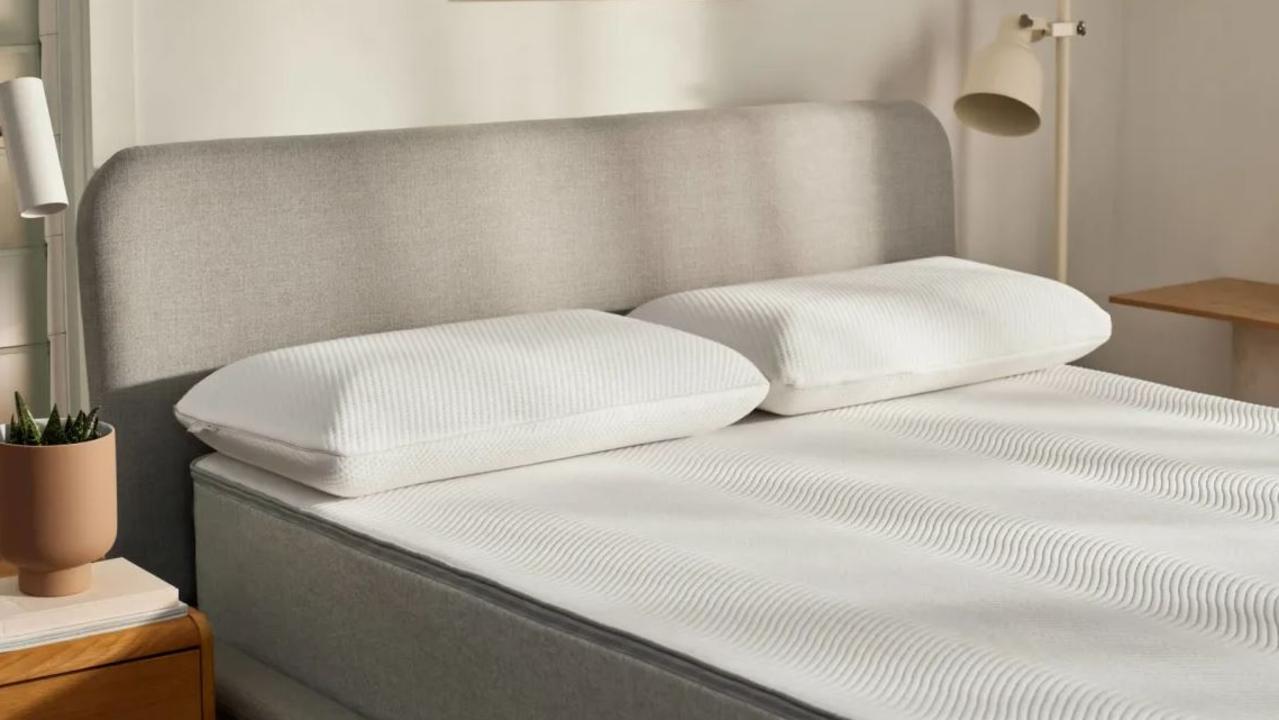

Bedroom Furniture
How To Choose A Memory Foam Mattress
Modified: January 24, 2024
Looking for the perfect memory foam mattress for your bedroom? Explore our expert tips to find the ideal balance of comfort and support. Discover the best bedroom furniture and design options today!
(Many of the links in this article redirect to a specific reviewed product. Your purchase of these products through affiliate links helps to generate commission for Storables.com, at no extra cost. Learn more)
**
Introduction
**
Are you in search of the perfect mattress that combines comfort and support for a restful night's sleep? Look no further than the innovative memory foam mattress. This revolutionary bedding technology has transformed the way we sleep, offering unparalleled comfort and customized support. In this guide, we'll delve into the world of memory foam mattresses, exploring their unique properties and providing valuable insights to help you make an informed decision when choosing the ideal memory foam mattress for your needs.
Memory foam mattresses have gained immense popularity in recent years, and for good reason. Their ability to contour to the body's shape, relieving pressure points and promoting proper spinal alignment, sets them apart from traditional spring mattresses. This adaptability ensures a personalized sleeping experience, catering to individual preferences and requirements.
As we embark on this exploration of memory foam mattresses, we'll uncover the key factors to consider when selecting the perfect mattress for your needs. From firmness and support to heat retention and motion isolation, we'll delve into the essential elements that contribute to a restful and rejuvenating night's sleep. Additionally, we'll discuss the significance of thickness and density, shedding light on how these factors influence the overall comfort and durability of a memory foam mattress.
Whether you're a side sleeper in need of pressure relief or a back sleeper seeking optimal spinal support, understanding the nuances of memory foam mattresses will empower you to make an informed decision. Furthermore, we'll touch upon the practical aspects of purchasing a memory foam mattress, such as price considerations and warranty coverage, ensuring that you're equipped with comprehensive knowledge to guide your purchase.
By the end of this guide, you'll be well-versed in the art of choosing a memory foam mattress, equipped with the expertise to select the perfect mattress that aligns with your unique sleeping preferences and requirements. So, let's embark on this enlightening journey into the realm of memory foam mattresses and unlock the secrets to a truly rejuvenating and restorative sleep experience.
Key Takeaways:
- Memory foam mattresses offer personalized comfort and support by contouring to the body’s shape, relieving pressure points, and minimizing motion transfer, leading to a truly restful and rejuvenating sleep experience.
- When choosing a memory foam mattress, consider factors such as firmness, thickness, heat retention, and motion isolation, while also balancing price and warranty coverage to ensure long-term satisfaction and support.
Read more: How To Choose A Memory Foam Mattress Topper
Understanding Memory Foam
Before delving into the intricate details of choosing a memory foam mattress, it’s essential to grasp the fundamental characteristics of memory foam itself. Originally developed by NASA in the 1970s for aircraft seat cushioning and crash protection, memory foam, also known as viscoelastic foam, has since evolved into a popular material for mattresses due to its unique properties.
At its core, memory foam is renowned for its ability to contour and conform to the body’s shape, responding to heat and pressure to distribute weight evenly. This adaptive quality allows the foam to cradle the body, providing personalized support and alleviating pressure points. As a result, sleepers experience reduced discomfort and enhanced circulation, promoting a deeper and more restful sleep.
One of the defining characteristics of memory foam is its slow response to pressure, often referred to as the “viscoelastic” nature of the material. When pressure is applied, the foam gradually molds to the body’s contours, creating a sensation of being gently enveloped. Upon relieving the pressure, the foam returns to its original shape, ready to adapt anew to the sleeper’s movements.
Furthermore, memory foam possesses motion isolation properties, meaning that movements on one side of the mattress are less likely to disturb the other. This feature is particularly beneficial for couples, as it minimizes disruptions from restless sleepers, fostering an uninterrupted and peaceful night’s rest.
It’s important to note that not all memory foam mattresses are created equal. Variations in density, thickness, and firmness levels can significantly impact the overall feel and performance of the mattress. Understanding these nuances is crucial when evaluating different memory foam options to ensure that the chosen mattress aligns with your specific comfort preferences and sleep requirements.
As we continue our exploration, we’ll delve deeper into the factors that differentiate memory foam mattresses, empowering you to make an informed decision based on a comprehensive understanding of this innovative material.
Factors to Consider
When embarking on the journey to select the perfect memory foam mattress, several key factors warrant careful consideration to ensure that the chosen mattress aligns with your unique sleeping preferences and requirements. By evaluating these essential elements, you can make an informed decision that promises a restful and rejuvenating sleep experience.
Firmness and Support
The level of firmness in a memory foam mattress plays a pivotal role in determining the comfort and support it provides. While personal preferences vary, it’s essential to strike a balance between adequate support and plush comfort. Memory foam mattresses typically range from soft to firm, with options catering to different sleep positions and individual comfort preferences. Side sleepers may benefit from a softer mattress to alleviate pressure points, while back and stomach sleepers often prefer a firmer surface for optimal spinal alignment.
Thickness and Density
The thickness and density of the memory foam layers greatly influence the overall feel and performance of the mattress. Thicker layers of high-density foam often provide enhanced support and durability, while also minimizing the risk of sagging over time. Understanding the relationship between thickness and density empowers you to select a mattress that aligns with your desired level of comfort and long-term resilience.
Read more: How To Fix A Memory Foam Mattress
Heat Retention
Memory foam has been associated with heat retention due to its ability to contour to the body, potentially trapping body heat. However, advancements in mattress technology have led to the development of breathable and gel-infused memory foam, addressing concerns related to heat retention. When evaluating memory foam mattresses, consider options designed to promote airflow and dissipate heat, ensuring a cool and comfortable sleep environment.
Motion Isolation
For individuals sharing a bed, motion isolation is a crucial consideration. Memory foam’s ability to absorb and minimize motion transfer can significantly reduce disruptions from a restless sleep partner, promoting undisrupted rest and peaceful sleep for both individuals.
By carefully assessing these factors, you can narrow down your options and select a memory foam mattress that not only meets your comfort preferences but also enhances the quality of your sleep, setting the stage for rejuvenation and vitality each morning.
Firmness and Support
When it comes to selecting a memory foam mattress, the level of firmness and the support it offers are pivotal factors that directly impact your sleep quality and overall comfort. Understanding the nuances of firmness and support empowers you to make an informed decision that caters to your unique sleeping preferences and requirements.
Memory foam mattresses are available in a range of firmness levels, typically categorized as soft, medium, medium-firm, and firm. Each firmness level serves a distinct purpose, catering to various sleep positions and individual comfort preferences.
For side sleepers, a softer memory foam mattress is often recommended, as it allows the hips and shoulders to sink slightly into the surface, relieving pressure points and promoting proper spinal alignment. The contouring nature of memory foam provides targeted support, reducing discomfort and enhancing circulation for side sleepers.
In contrast, back sleepers may find medium to medium-firm memory foam mattresses more conducive to their sleep posture. These firmness levels offer a balance of support and comfort, ensuring that the spine remains properly aligned while providing a gentle cradle for the body’s natural curves.
Similarly, stomach sleepers typically benefit from a medium-firm to firm memory foam mattress, as it helps prevent the lower back from sinking excessively into the mattress, thereby maintaining a more neutral spinal position. The firmness minimizes the risk of overarching the back, promoting a comfortable and supportive sleep surface for stomach sleepers.
It’s important to note that individual preferences play a significant role in determining the ideal firmness level. Factors such as body weight, existing pain conditions, and personal comfort preferences should be taken into account when selecting the firmness of a memory foam mattress. Additionally, some manufacturers offer customizable firmness options, allowing sleepers to adjust the feel of the mattress to suit their specific needs.
By understanding the relationship between firmness and support and how they correspond to different sleep positions, you can confidently choose a memory foam mattress that not only meets your comfort preferences but also promotes restful and rejuvenating sleep, setting the stage for enhanced vitality and well-being.
Thickness and Density
When considering a memory foam mattress, the thickness and density of the foam layers are crucial factors that significantly influence the overall comfort, support, and durability of the mattress. Understanding the interplay between thickness and density empowers you to make an informed decision that aligns with your specific sleep requirements and comfort preferences.
Read more: What Is A Memory Foam Mattress
Thickness
The thickness of the memory foam layers in a mattress directly impacts the level of support and comfort it provides. Thicker foam layers often offer enhanced contouring and pressure relief, catering to a wide range of sleep preferences and body types. Additionally, thicker memory foam layers can contribute to the overall longevity and durability of the mattress, minimizing the risk of premature sagging and wear.
When evaluating the thickness of memory foam layers, consider your individual comfort needs and any existing pain conditions. Thicker foam layers are particularly beneficial for individuals seeking deep pressure relief and a plush, enveloping feel. However, it’s important to strike a balance between thickness and overall mattress height to ensure that the mattress suits your preferred bed frame and sleep setup.
Density
The density of memory foam refers to the mass of the foam per unit volume, often measured in pounds per cubic foot (lb/ft³). Higher foam density is generally associated with enhanced support, durability, and contouring capabilities. High-density memory foam conforms more closely to the body’s shape, providing targeted support and minimizing the transfer of movements across the mattress.
When exploring memory foam mattresses, consider the density of the foam layers and how they align with your sleep preferences. High-density foam is well-suited for individuals seeking robust support and pressure relief, while lower-density foam may offer a softer and more plush feel. It’s essential to strike a balance between density and overall comfort, ensuring that the chosen mattress caters to your specific needs.
Furthermore, high-density memory foam is often associated with improved longevity, as it is less prone to developing indentations and impressions over time. This resilience contributes to the overall durability of the mattress, ensuring that it maintains its supportive properties for an extended period.
By carefully considering the thickness and density of memory foam layers, you can select a mattress that not only provides personalized comfort and support but also offers long-term durability, setting the stage for a restful and rejuvenating sleep experience.
Heat Retention
Heat retention is a pertinent consideration when evaluating memory foam mattresses, as the material’s contouring properties have been associated with potential heat buildup. However, advancements in mattress technology have led to the development of innovative solutions to address heat retention concerns, ensuring a cool and comfortable sleep environment for individuals seeking the benefits of memory foam.
Traditional memory foam has been known to conform to the body’s shape by responding to heat and pressure, which can contribute to a sensation of warmth, particularly for individuals who naturally sleep hot. To mitigate this effect, manufacturers have introduced various strategies to enhance the breathability and temperature regulation of memory foam mattresses.
Breathable Designs
Newer memory foam mattresses often feature open-cell or ventilated designs that promote airflow and heat dissipation. These structures allow for better breathability within the foam layers, reducing the likelihood of heat becoming trapped and leading to discomfort during sleep. By facilitating air circulation, these designs help maintain a cooler sleep surface, enhancing overall comfort for sleepers.
Read more: How To Return A Memory Foam Mattress
Gel-Infused Foam
Gel-infused memory foam has emerged as a popular solution to combat heat retention. In this innovative approach, cooling gel beads or particles are incorporated into the foam layers, working to absorb and disperse excess body heat. This infusion of cooling gel helps regulate the temperature of the mattress, creating a more conducive sleep environment and minimizing the potential for heat buildup.
Phase-Change Materials
Some memory foam mattresses utilize phase-change materials (PCMs) to manage temperature fluctuations. These materials are engineered to actively regulate heat by absorbing, storing, and releasing energy as needed, effectively maintaining a consistent and comfortable sleep surface. By integrating PCMs into the foam layers, mattress manufacturers offer sleepers a proactive solution to combat heat retention and promote a more balanced sleep climate.
When considering a memory foam mattress, it’s essential to explore options that incorporate these innovative features to address heat retention concerns. By opting for a mattress designed with breathability-enhancing technologies or cooling materials, you can enjoy the unparalleled comfort and support of memory foam without compromising on temperature regulation, ensuring a restful and refreshing sleep experience.
Motion Isolation
One of the standout features of memory foam mattresses is their exceptional ability to minimize motion transfer, a quality commonly referred to as motion isolation. This attribute holds significant benefits for individuals sharing a bed, as it ensures that movements on one side of the mattress are less likely to disturb the other, fostering an undisturbed and peaceful sleep environment.
Memory foam’s inherent capacity to absorb and dampen motion stems from its viscoelastic nature, which allows it to respond selectively to applied pressure. When a sleeper shifts position or moves during the night, the foam absorbs and disperses the energy of these movements, preventing them from reverberating across the mattress surface. This results in a more tranquil sleep experience, particularly for couples or individuals who are sensitive to disruptions during the night.
For couples, in particular, the motion isolation properties of memory foam mattresses can significantly enhance the quality of sleep. Partners can rest assured that their movements, such as getting in and out of bed or shifting positions, are unlikely to disturb the other sleeper. This fosters a sense of independence and minimizes disturbances, promoting a deeper and more rejuvenating sleep for both individuals.
Furthermore, motion isolation can be particularly beneficial for individuals who share a bed with restless sleepers, such as children or pets. The reduced motion transfer ensures that external movements have minimal impact on the sleep quality of the other individuals, allowing for a more peaceful and uninterrupted rest for all parties involved.
When considering a memory foam mattress, prioritizing motion isolation can lead to a more tranquil and harmonious sleep experience, especially for those who share a bed. By opting for a mattress with superior motion isolation capabilities, you can create an environment conducive to restful and undisturbed sleep, setting the stage for enhanced vitality and well-being each morning.
Price and Warranty
When embarking on the journey to select a memory foam mattress, considering the price and warranty aspects is essential to make an informed and satisfactory purchase. These practical considerations play a significant role in ensuring that you not only receive a mattress that aligns with your comfort preferences but also offers long-term value and peace of mind.
Read more: How To Sleep On A Memory Foam Mattress
Price Considerations
Memory foam mattresses are available across a wide price spectrum, catering to diverse budgets and preferences. The cost of a memory foam mattress is influenced by various factors, including the quality of materials, thickness, density, and additional features such as cooling technologies or customizable firmness options.
While it’s tempting to focus solely on finding the most affordable option, it’s important to strike a balance between price and overall quality. Investing in a higher-quality memory foam mattress often translates to superior comfort, durability, and long-term satisfaction. Additionally, consider the value of a restful and rejuvenating sleep experience, as the right mattress can significantly impact your overall well-being and vitality.
Many reputable mattress manufacturers offer financing options, promotions, and periodic sales, providing opportunities to invest in a high-quality memory foam mattress at a more accessible price point. By exploring these avenues, you can secure a premium mattress that meets your comfort needs without compromising on budget constraints.
Warranty Coverage
When evaluating memory foam mattresses, it’s crucial to assess the warranty coverage provided by the manufacturer. A comprehensive warranty serves as a safeguard against potential manufacturing defects and ensures that you receive the intended performance and longevity from your mattress.
Warranty terms vary among manufacturers, but a standard warranty for a quality memory foam mattress often ranges from 10 to 25 years. It’s essential to review the warranty coverage in detail, paying attention to aspects such as prorated periods, coverage for sagging, and the procedures for filing a warranty claim.
Additionally, familiarize yourself with the specific conditions that may void the warranty, such as improper foundational support or neglecting to use a mattress protector. By adhering to the manufacturer’s guidelines and care instructions, you can maintain the validity of the warranty and ensure that your investment is protected for the duration of the coverage period.
By carefully considering the price and warranty aspects when selecting a memory foam mattress, you can make a well-informed decision that not only aligns with your budget but also offers the assurance of long-term satisfaction and support. Prioritizing value and warranty coverage sets the stage for a rewarding and rejuvenating sleep experience that enhances your overall well-being and vitality.
Conclusion
As we conclude our exploration of memory foam mattresses, it’s evident that these innovative sleep surfaces offer a wealth of benefits that can transform the way we rest and rejuvenate. The adaptability, support, and personalized comfort provided by memory foam make it a compelling choice for individuals seeking a truly restful and revitalizing sleep experience.
Throughout our journey, we’ve delved into the fundamental characteristics of memory foam, understanding its unique ability to contour to the body’s shape, relieve pressure points, and minimize motion transfer. These qualities are foundational to the unparalleled comfort and support that memory foam mattresses offer, catering to a diverse range of sleep preferences and requirements.
When considering a memory foam mattress, the critical factors of firmness and support, thickness and density, heat retention, motion isolation, and practical aspects such as price and warranty coverage come into play. By carefully evaluating these elements, you can make an informed decision that promises a sleep surface tailored to your individual needs, setting the stage for a truly restorative and rejuvenating sleep experience.
Furthermore, the advancements in memory foam technology, including breathable designs, gel-infused foam, and phase-change materials, have addressed concerns related to heat retention, ensuring a cool and comfortable sleep environment for individuals who naturally sleep hot.
The motion isolation properties of memory foam mattresses stand out as a significant advantage, fostering undisturbed and peaceful sleep for individuals sharing a bed. This feature minimizes disruptions, creating an environment conducive to restful and rejuvenating sleep for all sleepers.
As you navigate the practical considerations of price and warranty, it’s essential to strike a balance between value and long-term satisfaction, ensuring that your investment in a memory foam mattress delivers the intended comfort and support for years to come.
In conclusion, the art of choosing a memory foam mattress is a journey that culminates in the discovery of a sleep surface that caters to your unique needs, preferences, and well-being. By leveraging the insights and considerations outlined in this guide, you are empowered to select a memory foam mattress that promises a truly restful and rejuvenating sleep experience, setting the stage for enhanced vitality and overall well-being each morning.
Frequently Asked Questions about How To Choose A Memory Foam Mattress
Was this page helpful?
At Storables.com, we guarantee accurate and reliable information. Our content, validated by Expert Board Contributors, is crafted following stringent Editorial Policies. We're committed to providing you with well-researched, expert-backed insights for all your informational needs.
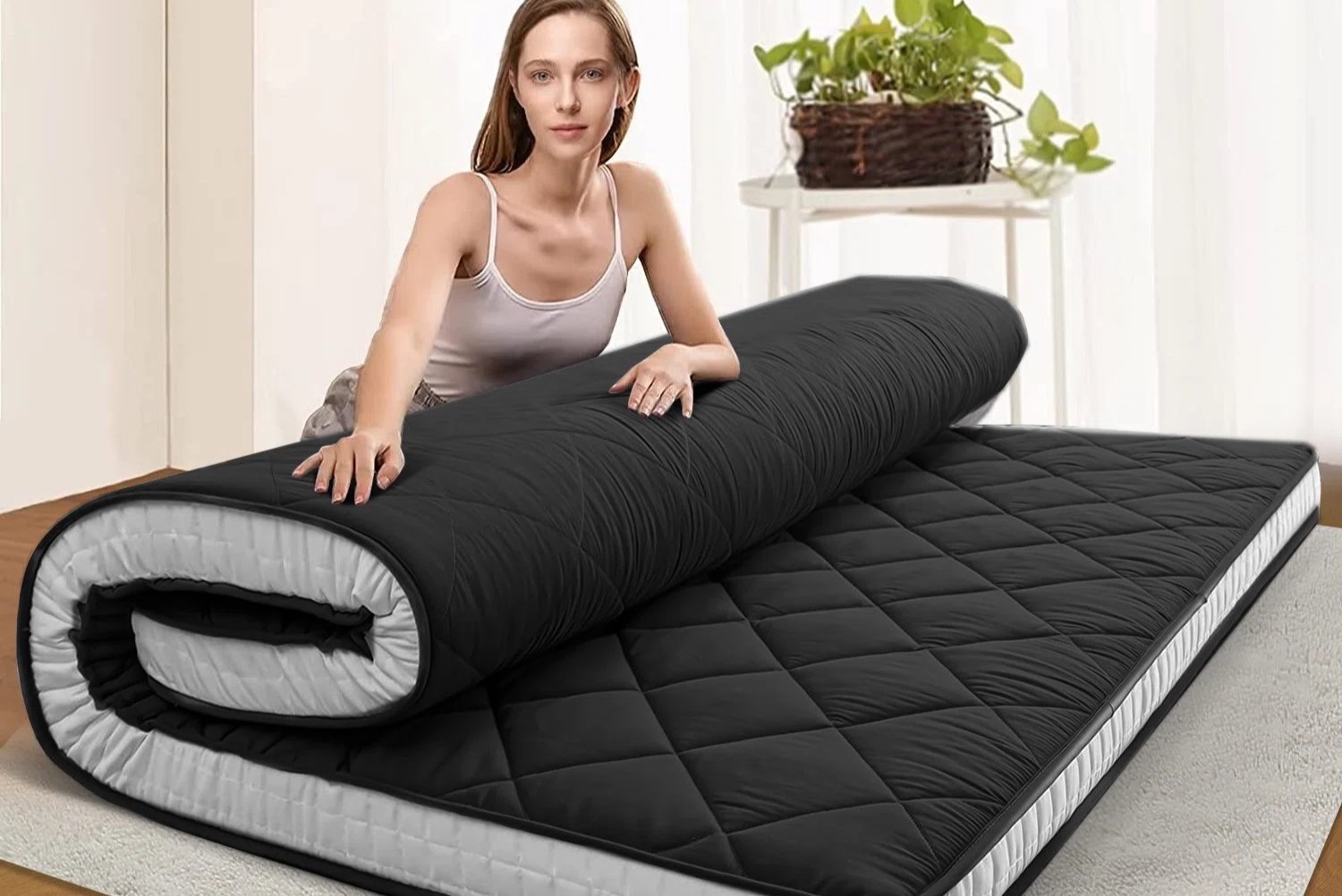
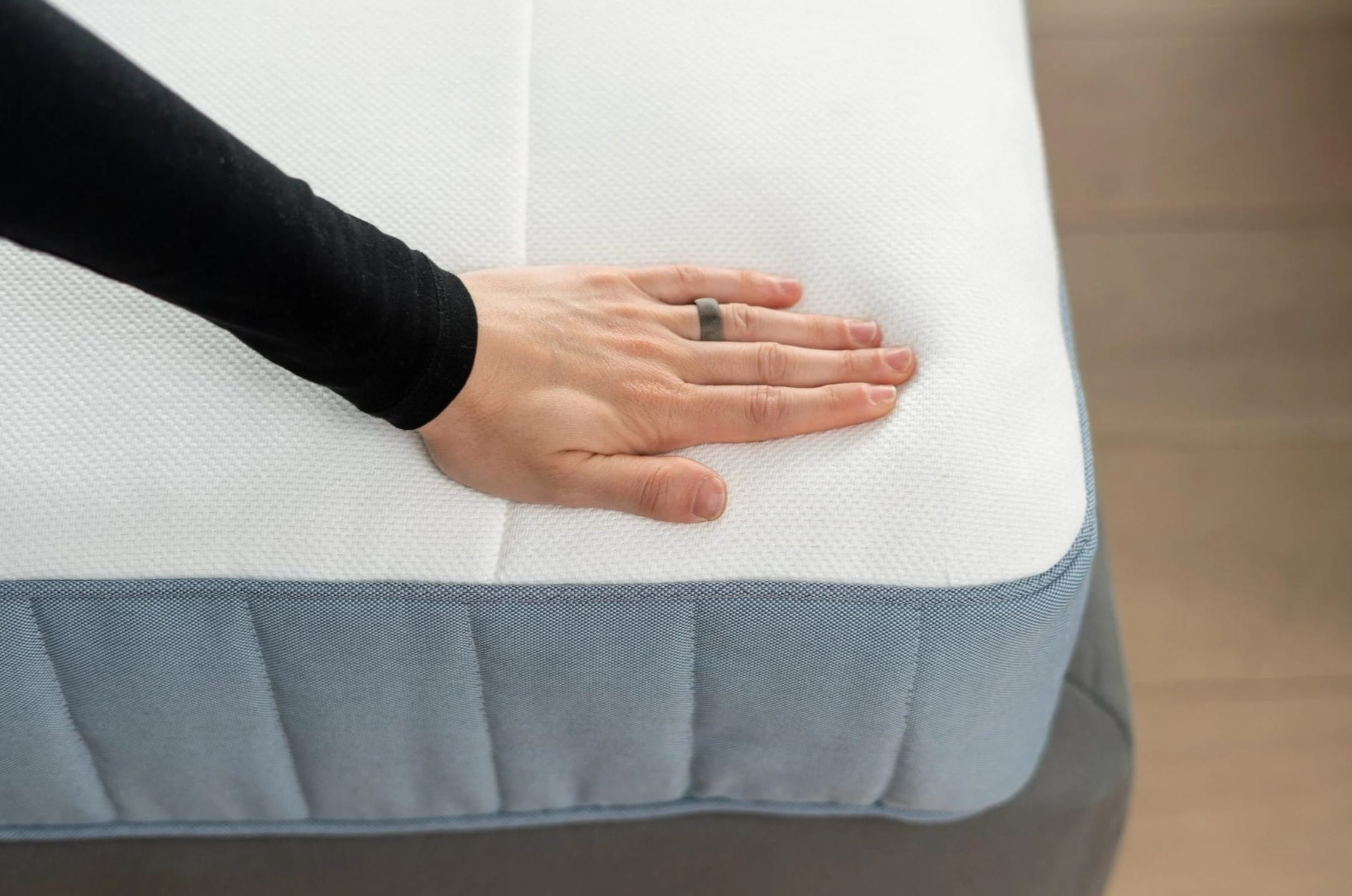
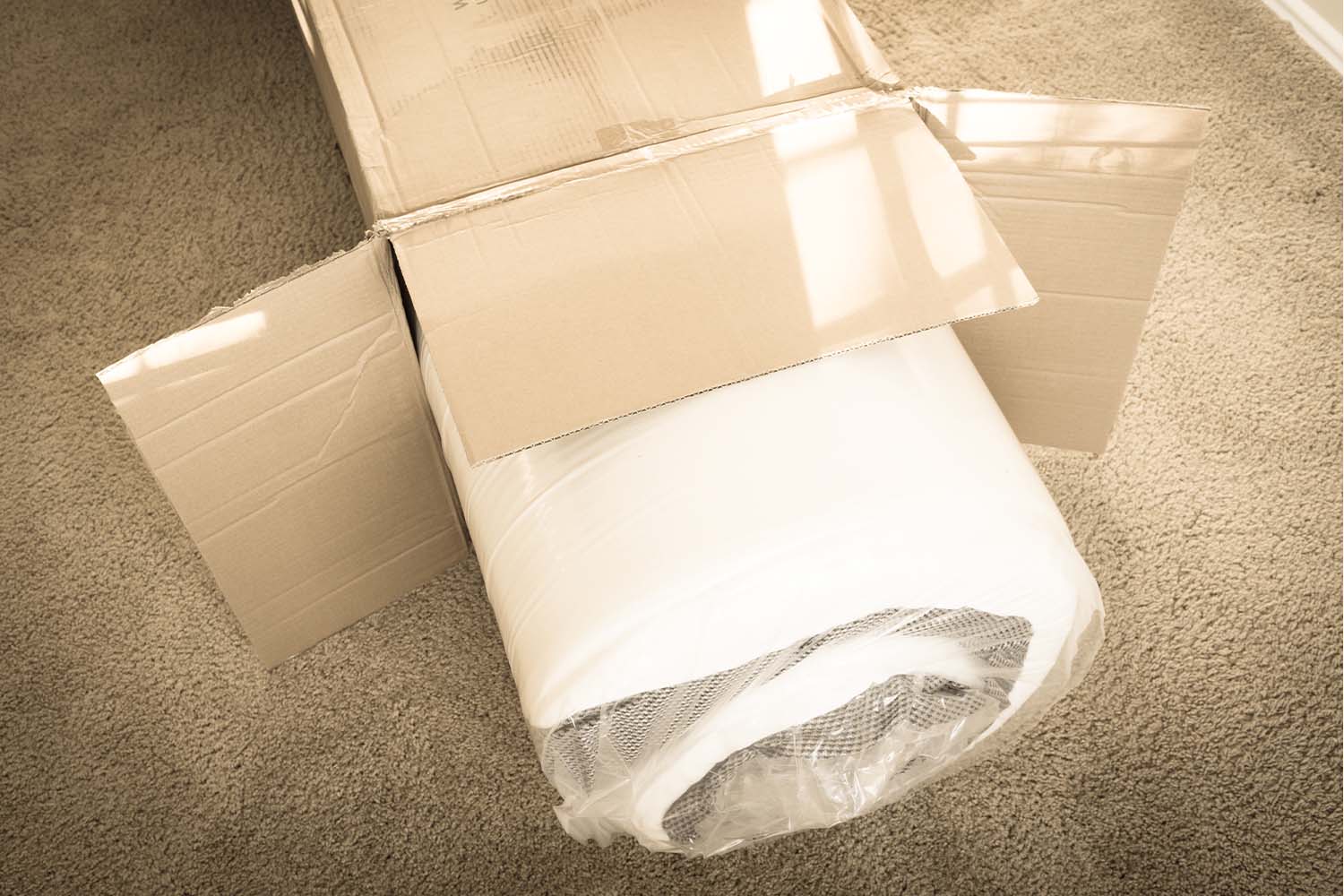
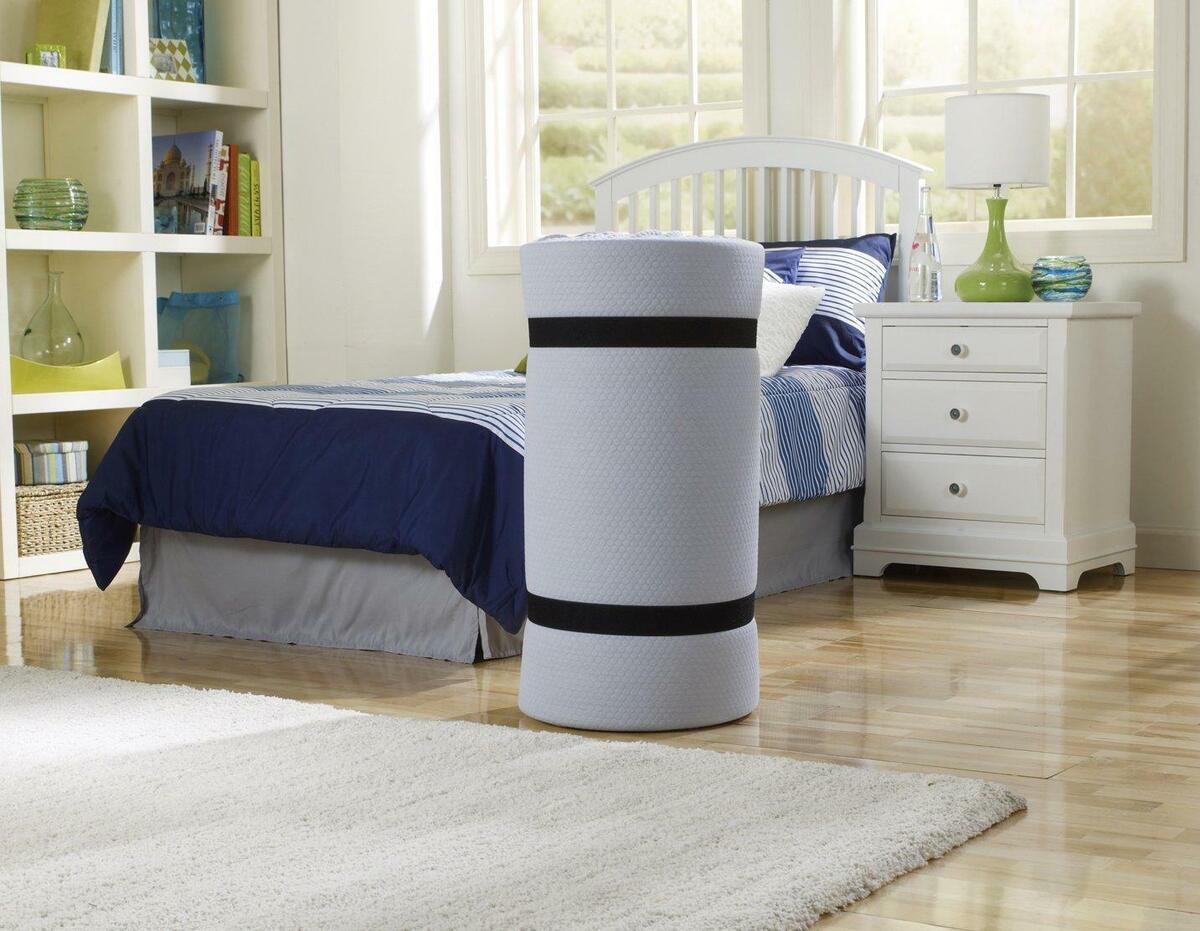
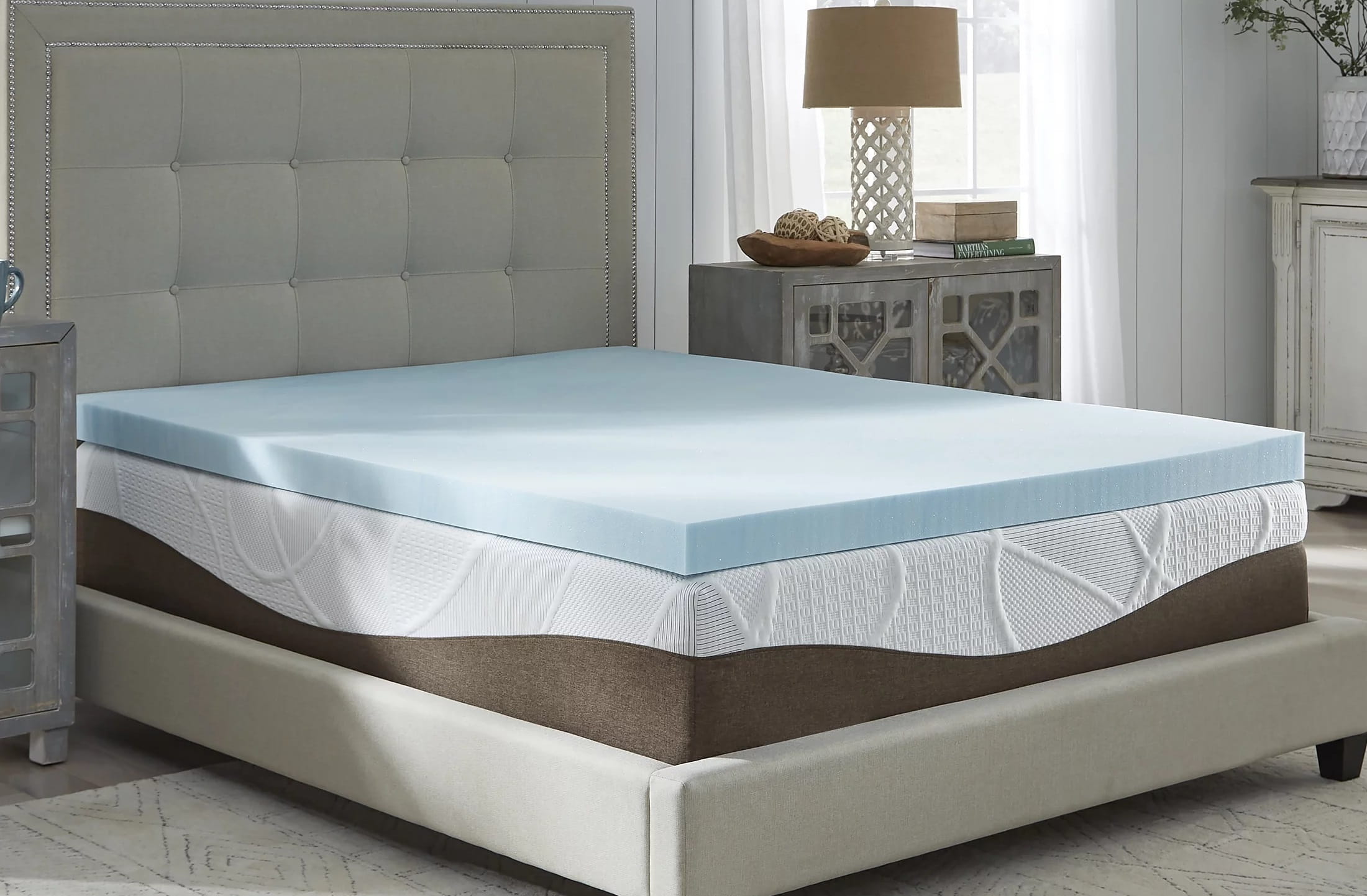
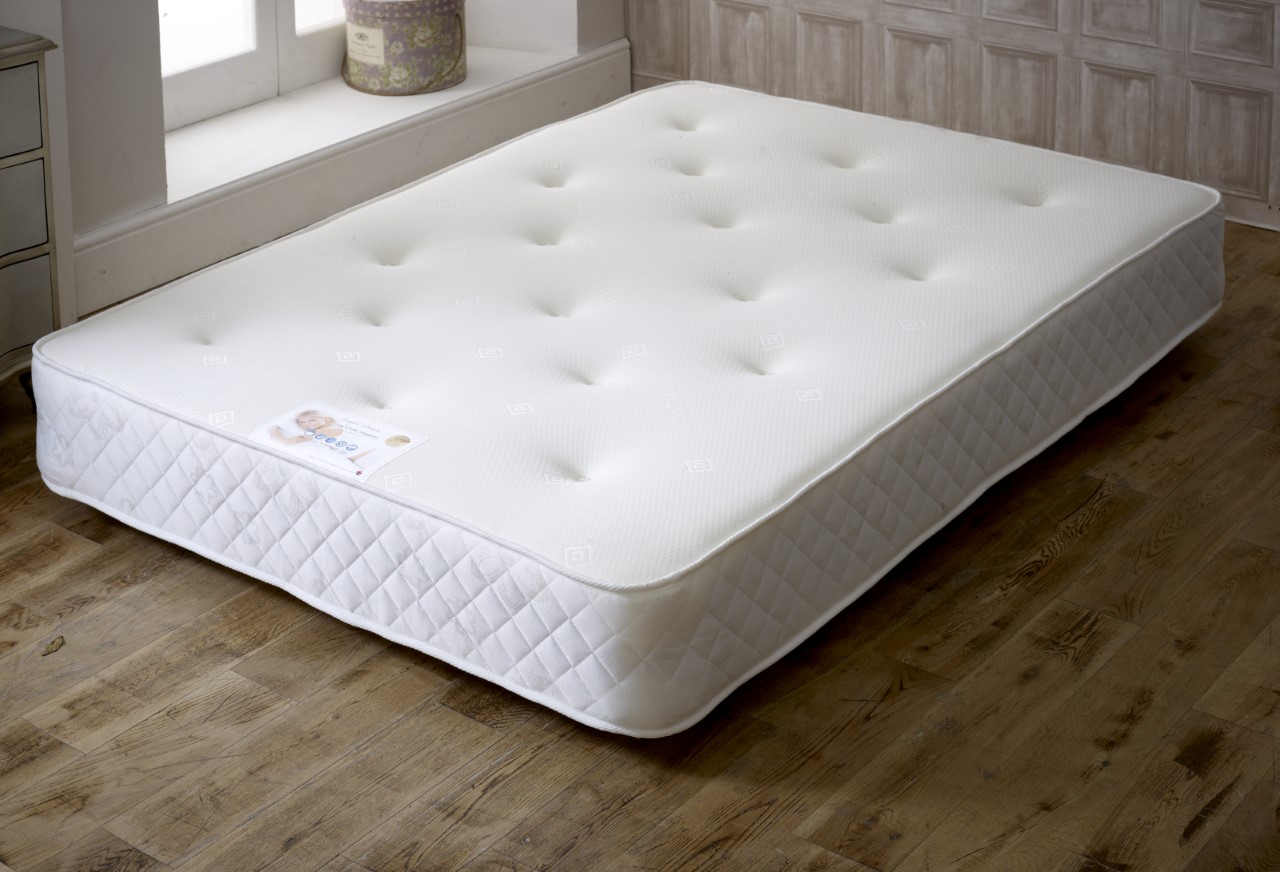
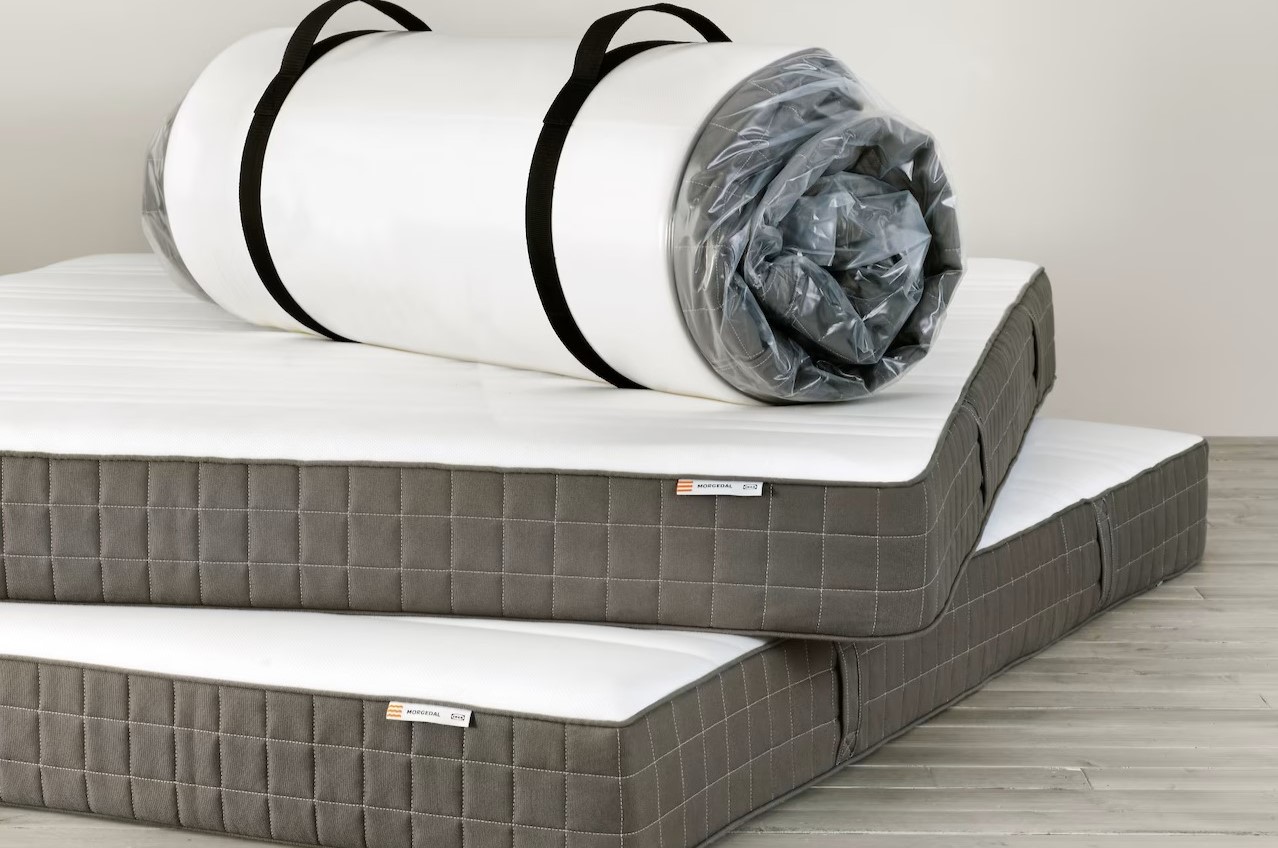
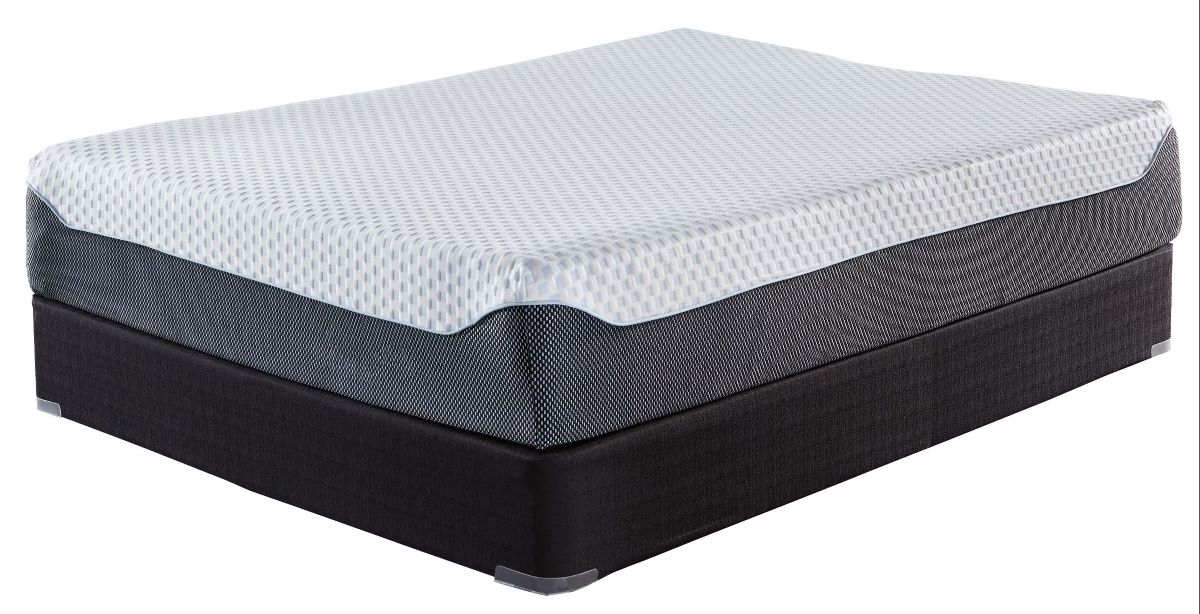
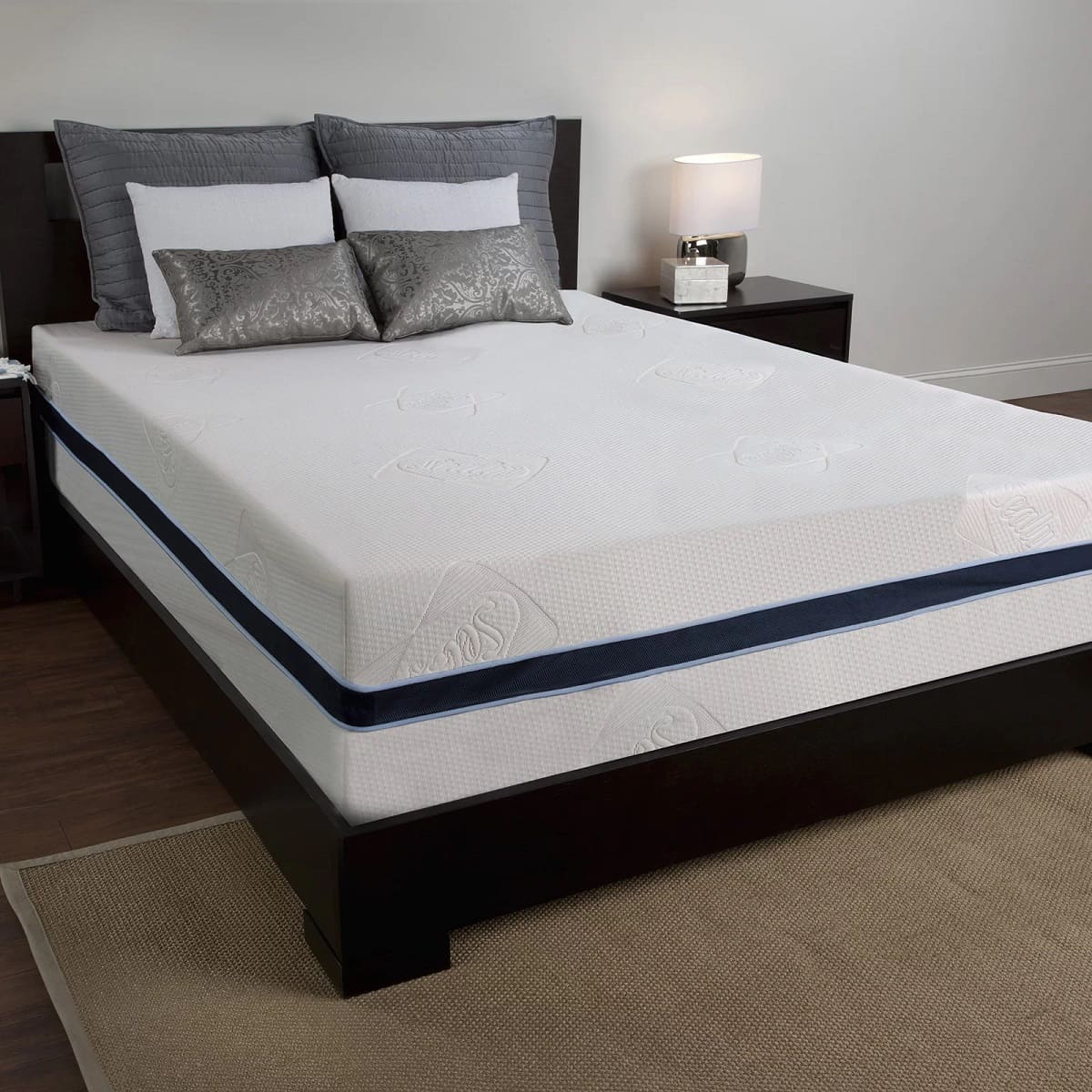



0 thoughts on “How To Choose A Memory Foam Mattress”